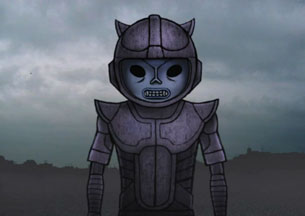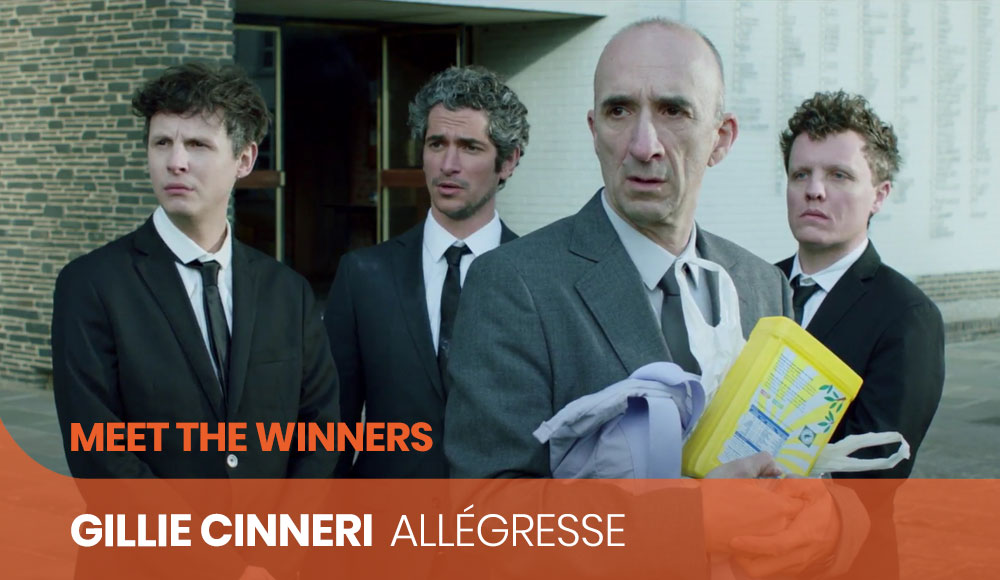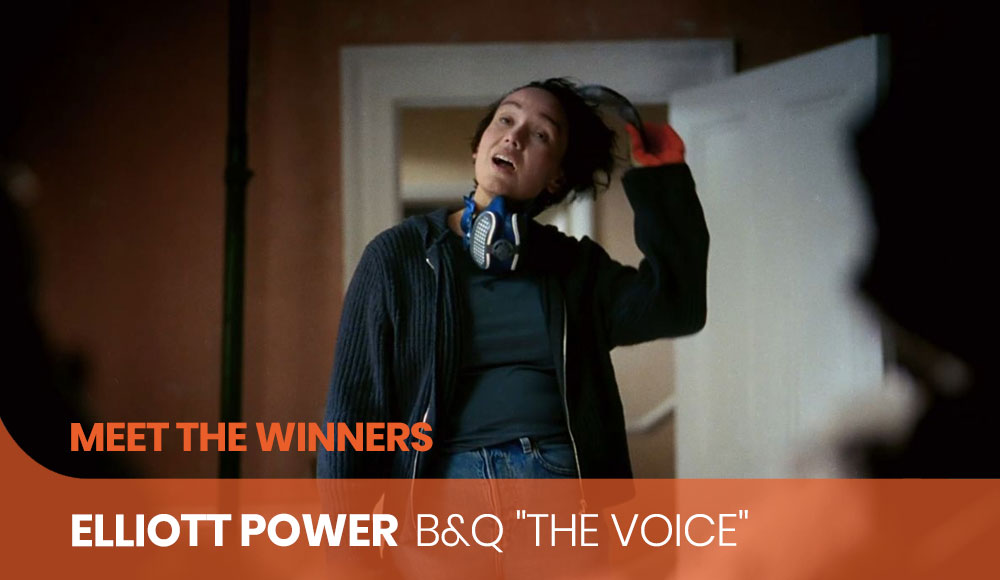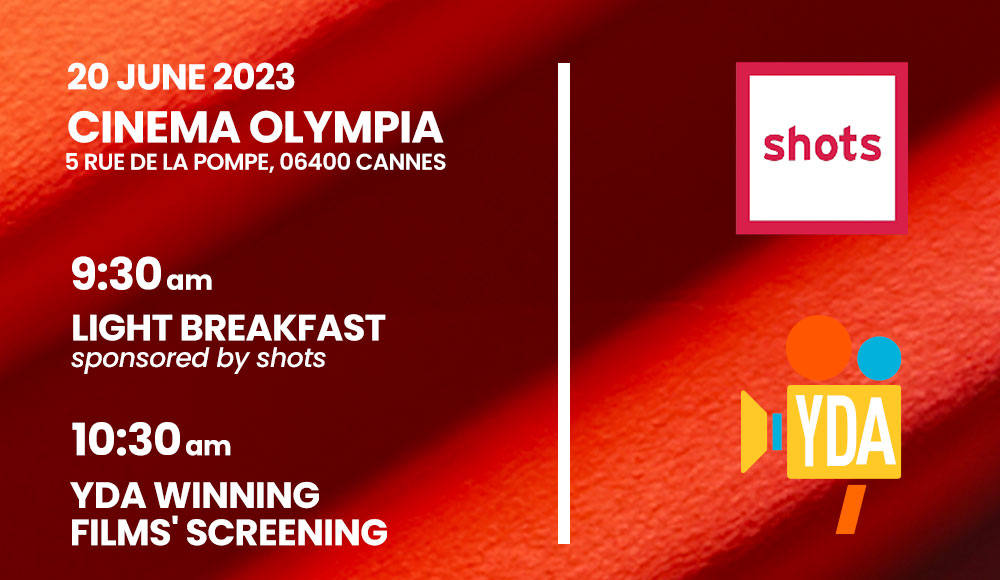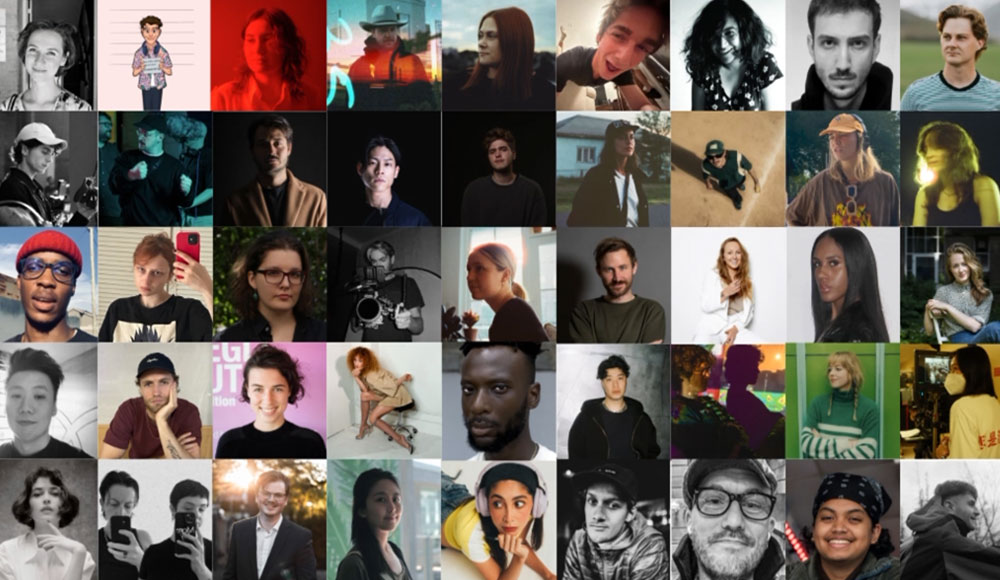Recently graduated from the Royal College of Art, we wouldn’t be surprised if up-and-coming animator and Director Aaron Lampert goes on to great things. At the risk of sounding like hyperactive puppies, we just can’t help but draw comparisons with legend Genndy Tartakovsky (behind classics from The Powerpuff Girls and Dexter’s Lab to Star Wars: Clone Wars) – there’s definitely something of the Samurai Jacks about Lampert’s cartoonish yet atmospheric vibe. Lampert’s shorts, the Aztec adventure Aupheus – Excavated and dystopian sci-fi Tunnelweb are worth a watch – and his graduation film Tourbot Skippy is currently doing the rounds at festivals.
I’ve been drawing and designing characters for as long as I can remember. Watching animation as a child, I was really excited and intrigued by these drawings and models that appeared to be living and breathing and have minds of their own.
What inspires you, creatively?
My main inspirations usually come from outside of animation. I love to visit museums and galleries, often I’ll find inspiration in a book, a news article, a piece of music or even just a single sound. Live action feature films are a big influence. I also find lots of inspiration in everyday life, in conversations I have or overhear, strange places I visit or interesting people I meet.
How did you develop the idea for Aupheus – Excavated, and what appealed to you about the Central American design?
Aztec and Mayan art, Ancient Egyptian art as well as the art of other ancient civilisations fascinate me. I love its mysterious qualities, and especially with lots of Aztec and Mayan imagery I love how it’s often fearsome yet humourous. That’s something I tried to capture with the Aupheus artwork. The project started out as a music video, but I decided to rework the track around the story and visuals and add in extra elements of sound design, resulting in something more like a short film. The music is sample based, primarily using snippets from old vinyl records, and I wanted to reflect that merging of old material and new technology in the animation. So the ancient pyramid and artefacts represent the digging up of old records and the futuristic sci-fi influences reflect the modern technology used to manipulate the samples. The animation technique was also a mix of traditional pencil on paper and modern computer animation.
The story behind the short came from various different places. I’d been thinking about how our society is becoming more and more reliant on the internet for everyday activities, and, for example, how physical shops are being put out of business by online stores. The idea was that if things were to keep heading in that direction and access to even the basic necessities of life, such as food, required an internet connection, that would put an incredible amount of power in the hands of the service providers. The film is set in a world where internet access is controlled and exploited by a totalitarian regime that uses it to oppress and persecute. The writing of Philip K. Dick has been a big influence on me in recent years, I’d just finished reading his 1974 science fiction novel Flow My Tears, the Policeman Said when I started work onTunnelweb. One of the things I love about Dick’s science fiction writing is that it’s often heavily rooted in reality and his own life experience, in contrast to the standard sci-fi clichés of Hollywood. Much of his work has believability to it that so much sci-fi lacks. Inspired by Dick’s writing, I came across some 20-year-old documentary dialogue, which I took out of context, re-edited into a narrative, and then applied to a science fiction setting, in order to try to keep some kind of grounding and believability to the world. Stylistically the film is heavily inspired by two of my favourite sci-fi movies, Blade Runner and Aliens.
Sound design is a big part of both of those films, and I gather from your website that this is something that you are really into. Can you tell me more about that?
I’ve been making music for almost as long as I’ve been drawing. I did my BA at Kingston University in Illustration/Animation, but quickly leaned towards the animation side of things, as it gave me the opportunity to work with sound as well. Since going freelance in 2004 after graduating I’ve been working as a sound designer alongside working as an animator. So often in animated projects, sound seems to be left right to the end and treated like an afterthought. It’s important to me to consider sound right from the beginning of a project and develop it alongside the visuals as it can inform what’s on screen or completely change the feel or meaning of the work.
What are your plans for the future?
I’ve just graduated from the MA Animation course at the Royal College of Art and am currently sending my graduation piece Tourbot Skippy out to festivals, which was inspired by a 3-month study exchange in Japan. I’m currently working on a new music video alongside doing some freelance animation work at Trunk Animation. I’m planning on making more personal shorts, particularly focussing on character design, good storytelling and use of sound.

